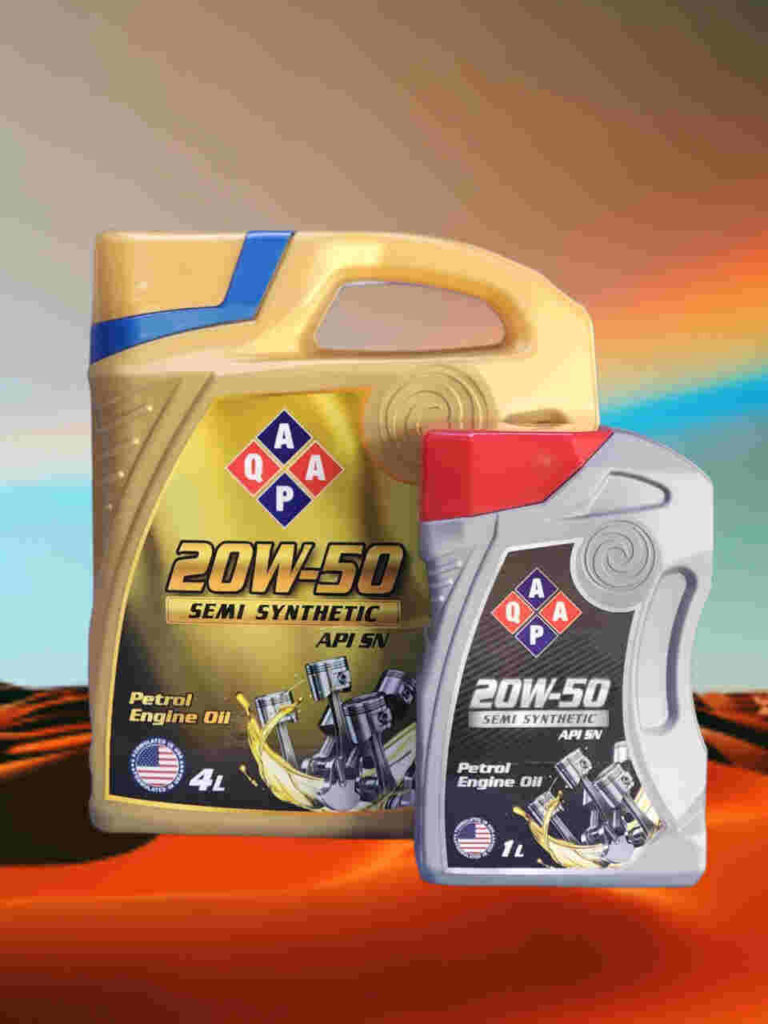Understanding SAE Ratings
Understanding engine oil basics is essential for maintaining your vehicle’s health. SAE ratings indicate oil viscosity, which is vital for lubricating engine parts effectively.
Additives like zinc and phosphorus provide anti-wear protection and maintain oil performance. Choosing oils with suitable viscosity ratings is key for engine operation.
Low viscosity oils are beneficial for cold starts, with viscosity index improvers ensuring stable flow properties at various temperatures. Synthetic oils offer superior thermal resistance and engine cleanliness.
Learning about SAE ratings, viscosity, and additives will help you make informed decisions for your vehicle’s well-being and performance. Explore further to deepen your knowledge on engine oil maintenance.
SAE Rating System Overview

In understanding the SAE Rating System Overview, it’s important to grasp the significance of its numerical code system for motor oil viscosity.
The Society of Automotive Engineers (SAE) has established standards to classify motor oils based on their viscosity grades.
These viscosity grades are denoted by numbers like 0W, 5W, and so on, which indicate the oil’s flow characteristics at different temperatures.
The SAE standards help consumers and mechanics choose the right oil for their vehicles by providing a standardized way to compare viscosity across different brands.
The SAE viscosity grades play an essential role in ensuring that the oil can properly lubricate the engine components.
For instance, low-temperature grades such as 0W and 5W were introduced to address issues related to cold weather performance, while high-temperature grades like SAE 16 focus on fuel economy in modern vehicles.
Understanding these viscosity grades is crucial for maintaining your engine’s health and performance.



